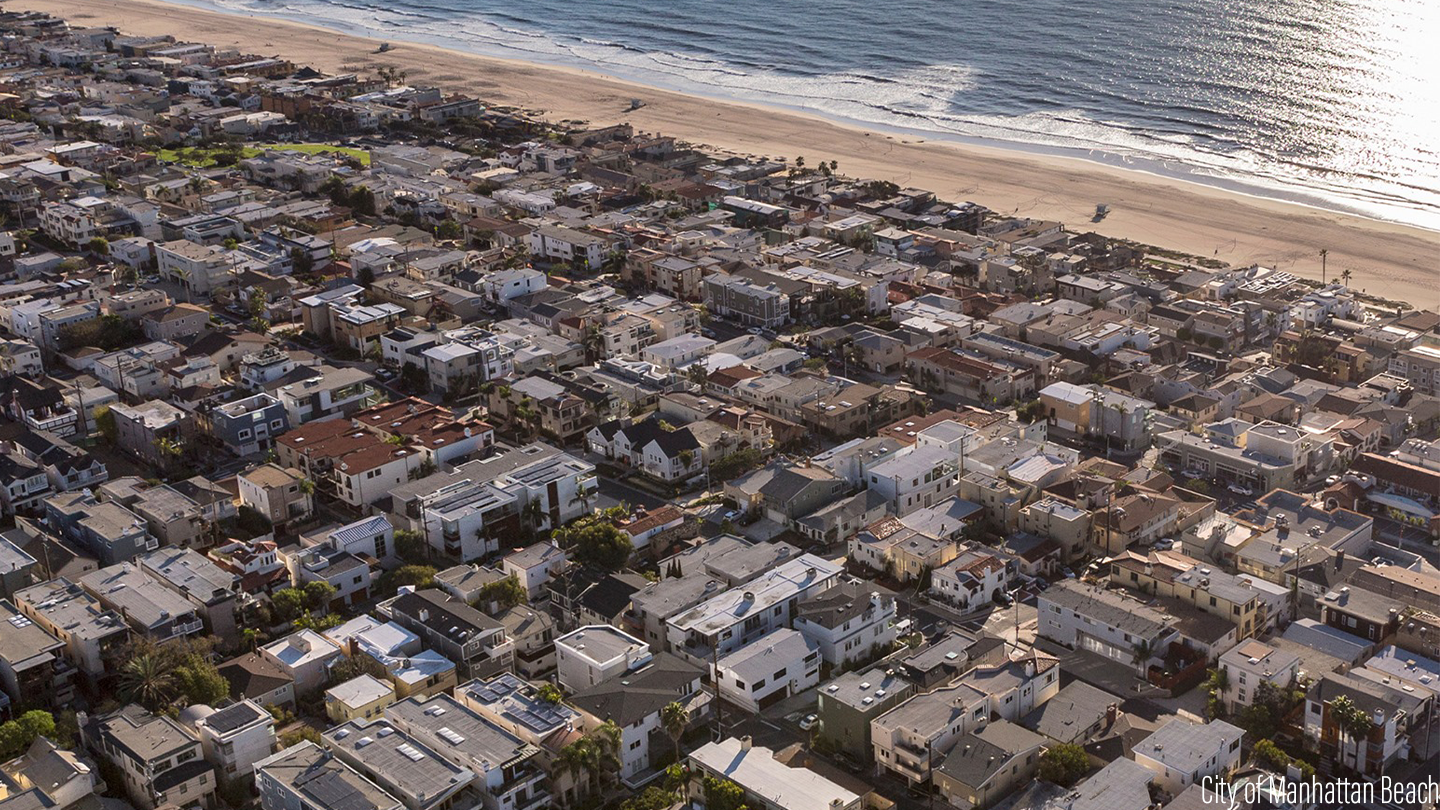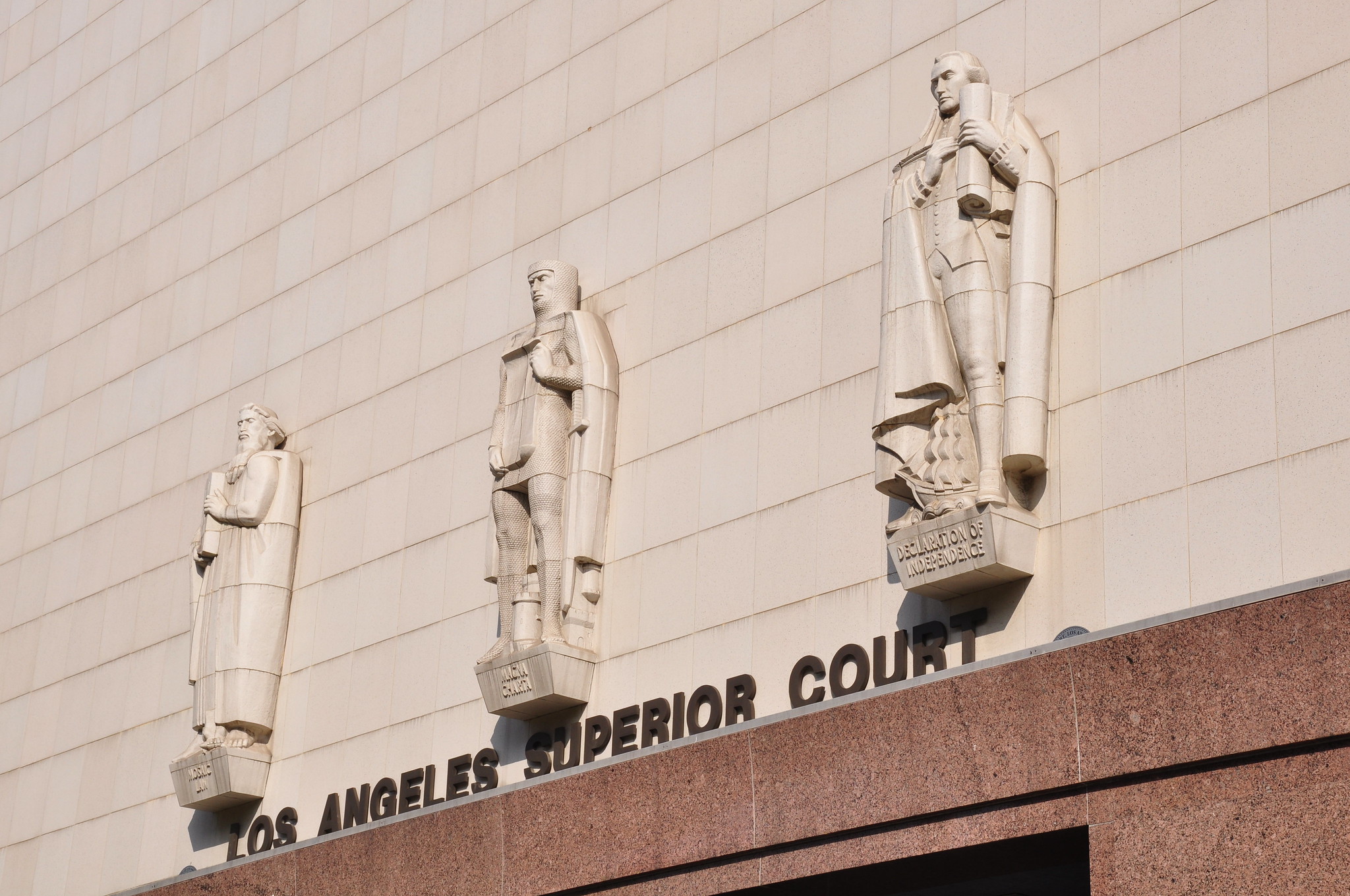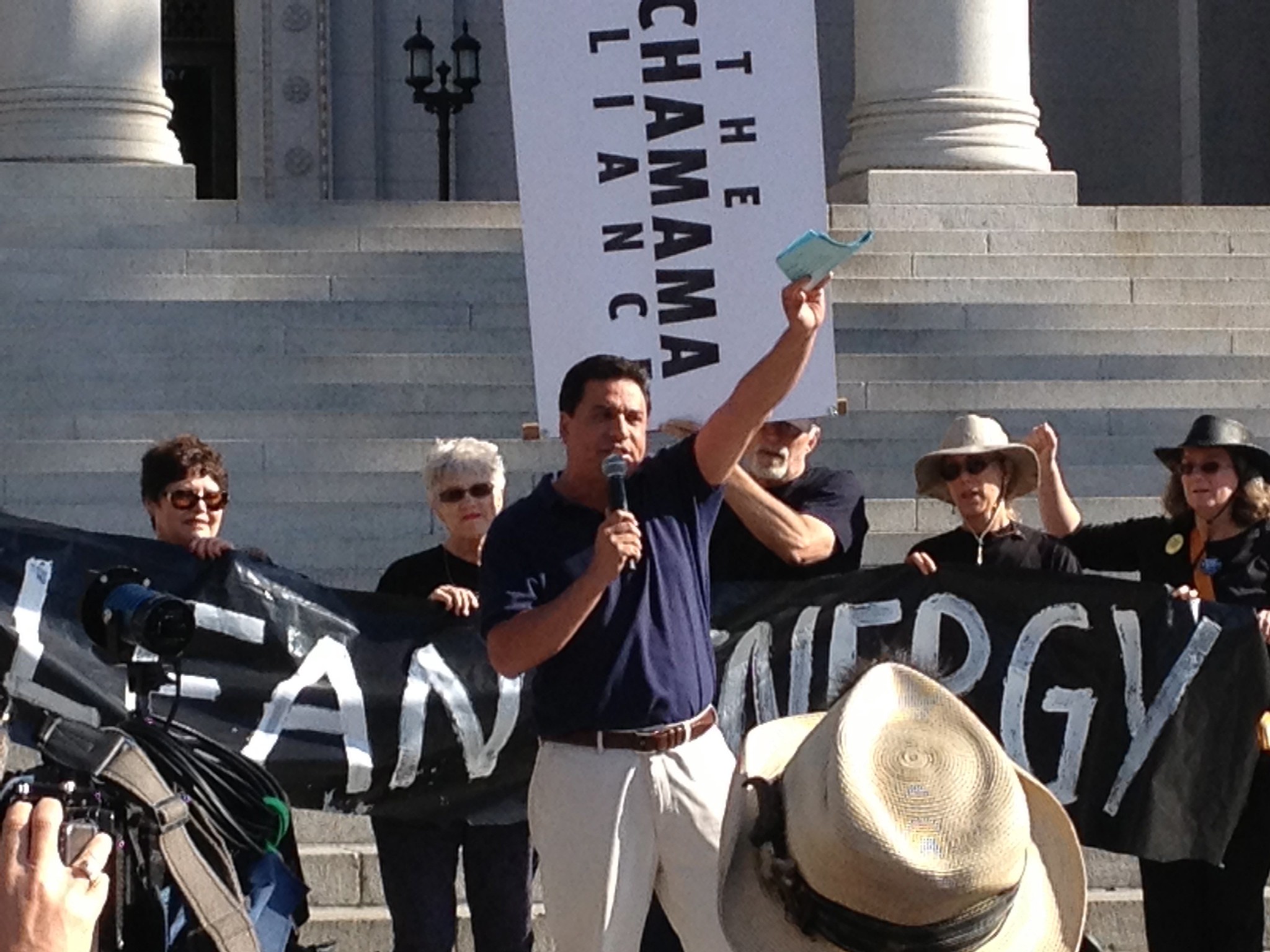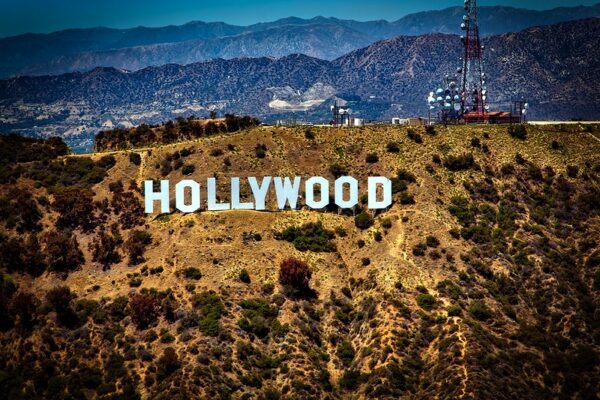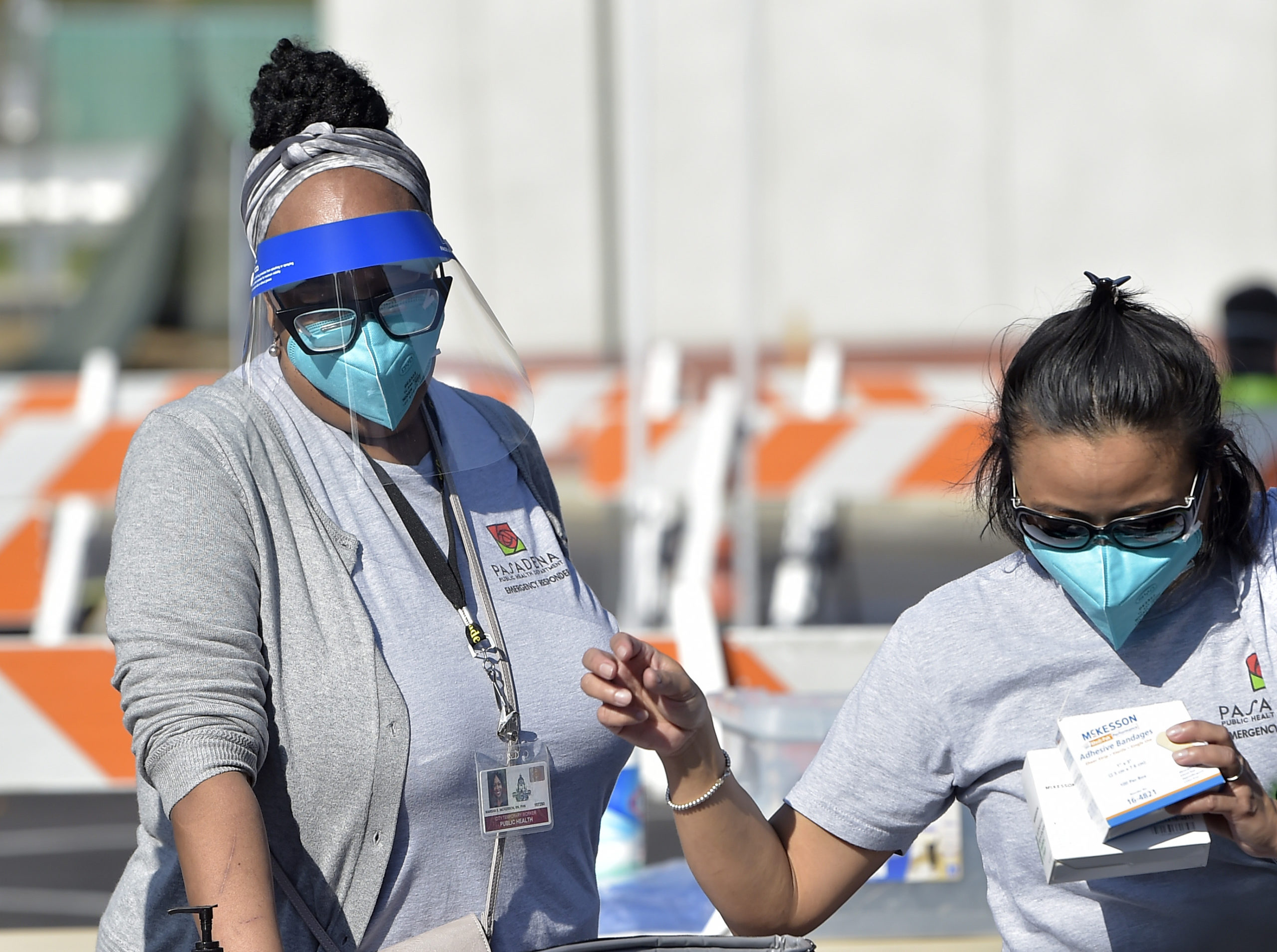Following an array of legislative approvals stretching from Los Angeles to Sacramento, the county Board of Supervisors Tuesday is expected to formally approve the transfer of a pristine piece of Manhattan Beach seaside property to the descendants of a Black family who had the land stripped away nearly a century ago.
“At long last, the descendants of Willa and Charles Bruce will be able to begin rebuilding the wealth that has been denied to generations of Bruces since their property was seized nearly a century ago,” Supervisor Janice Hahn, who has championed the move to return the land, said in a statement last week ahead of the vote. “We will never be able to rectify the injustice that was inflicted upon the Bruce family, but this is a start, and it is the right thing to do.”
Bruce’s Beach, sitting on Highland Avenue near 26th Street, has been a longtime stain on the history of Manhattan Beach, with the land seized from the Bruces — a Black family who developed the land into a resort that welcomed Black residents from across the area who often had limited access to the coastline. City officials at the time claimed the land was needed for a park, but after it was condemned and the Bruces were evicted, it sat vacant for decades.
“This land should have never been taken from the Bruce family over 90 years ago,” Board of Supervisors chair Holly Mitchell said. “Now, we are on the precipice of redemption and justice that is long overdue.”
Hahn began pushing for the return of the land to the Bruce family early last year. Under the county’s recent redistricting process, the land now sits in Mitchell’s district.
“The county has done its due diligence to confirm the legal heirs and engage them in reaching an agreement for returning the land,” Mitchell said. “The directives in this motion make the return of the land to the Bruce family heirs possible and will allow the Bruce family to realize the generational wealth previously denied them. Although we cannot change the past, we have a responsibility to learn from it and to do what is right today. Now it is on the county to get this done. I look forward to standing with my colleagues on the right side of history.”
Under the agreement set to be approved by the board Tuesday, the land will be transferred to Marcus and Derrick Bruce, the great-grandsons of Charles and Willa Bruce, who originally bought the property in 1912. The Bruces will then lease the land back to the county for $413,000 a year for the continued operation of county lifeguard facilities at the site.
The agreement also includes clauses that would allow the Bruces to later sell the property to the county for a price not to exceed $20 million.
Returning the property required a change in state law to authorize the county to transfer ownership of the land. It also required various actions at the county level to identify Bruce family heirs and settle the various financial implications of transferring the property.
Willa and Charles Bruce purchased their land in 1912 for $1,225. They eventually added some other parcels and created a beach resort catering to Black residents, who had few options at the time for enjoying the California coast.
Complete with a bathhouse, dance hall and cafe, the resort attracted other Black families who purchased adjacent land and created what they hoped would be an oceanfront retreat.
But the resort quickly became a target of the area’s white populace, leading to acts of vandalism, attacks on vehicles of Black visitors and even a 1920 attack by the Ku Klux Klan.
The Bruces were undeterred and continued operating their small enclave, but under increasing pressure, the city moved to condemn their property and surrounding parcels in 1924, seizing it through eminent domain under the pretense of planning to build a city park.
The resort was forced out of business, and the Bruces and other Black families ultimately lost their land in 1929.
The families sued, claiming they were the victims of a racially motivated removal campaign. The Bruces were eventually awarded some damages, as were other displaced families. But the Bruces were unable to reopen their resort anywhere else in town.
Despite the city claiming the land was needed for a park, the property sat vacant for decades. It was not until 1960 that a park was built on a portion of the seized land, with city officials fearing the evicted families could take new legal action if the property wasn’t used for the purpose for which it was seized.
The exact parcel of land the Bruces owned was transferred to the state, and then to the county in 1995.
The city park that now sits on a portion of the land seized by the city has borne a variety of names over the years. But it was not until 2006 that the city agreed to rename the park “Bruce’s Beach” in honor of the evicted family, a move derided by critics as a hollow gesture.

